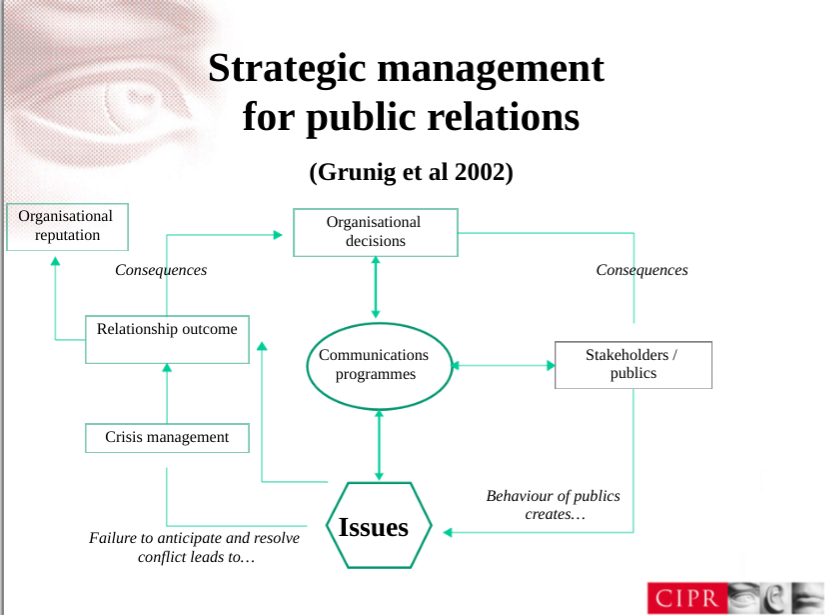How to study public relations

About the author
Richard Bailey Hon FCIPR is editor of PR Academy's PR Place Insights. He teaches and assesses undergraduate, postgraduate and professional students.

New students are starting on their courses across the country. People are studying public relations from Foundation courses, through degrees and professional qualifications, right up to research degrees.
Every individual has their own knowledge, skills and motivation, but there are some shared characteristics and some common questions. This article links to some free resources to help new learners.
For those on Foundation or undergraduate degree programmes, the initial questions will revolve around ‘what is public relations?’ and the subject’s relationship to marketing, business and media. To help you, we’ve provided an overview of the most common academic perspectives on public relations in a free, downloadable guide: What is public relations?
We’ve also produced some introductory skills guides:
Beyond understanding public relations and its relationship to related disciplines, a wider curiosity is needed. You’ll find yourself dipping in to concepts from sociology, psychology, economics, history and more.
If all you understand is public relations, you won’t be very good at public relations!
For advanced students and professional candidates, you’ll be more concerned with questions about the purpose of public relations. What contribution does it make to organisational success? What effects does it have on society and democracy?
James Grunig is the most widely cited academic in the field. He co-authored a milestone textbook, Managing Public Relations, published in 1984. Most subsequent textbook authors have discussed his famous Four Models of Public Relations (and its much debated two-way symmetric model). They also highlight his Situational Theory of Publics (‘latent, aware, active’).
Yet lurking in the same textbook is a rather neglected model that explains why public relations comes about. ‘Typically, organizations develop a formal communication subsystem when the organization or its publics behave in a way that has consequences upon the other.’ They explained that these consequences create a public relations problem and that ‘The linkage of organizations and publics through consequences explains why organizations need public relations.’
In other words, and to turn this on its head, ‘no problem, no PR’. Or the bigger the problem, the greater the need for public relations.
Two decades later, James Grunig incorporated the concept of communication and consequences into an ambitious attempt to provide a two-dimensional chart to illustrate the contribution public relations makes to strategic management.

This illustrates the impact on stakeholders of organisational decisions, the way that the reaction of stakeholders produces issues that can be managed, or that can turn into crises. The way these issues and crises are resolved has implications for long-term relationships, and the quality of these relationships in turn feeds into reputation.
So there, on one chart is the whole world of organisational public relations.
Why do we refer to these past sources? The academic method requires you to make evidence-based arguments, and credible evidence can come from reputable published sources. They’re not beyond critique, but they’re solid foundations for an argument because no one can dispute that the argument was made.
We also sign up for courses to learn from best practice. It makes no sense for each generation to reinvent the wheel. Rather, we build on the undeniable existence of wheels and roads to argue for new models of personal and mass transport.
Guides and toolkits
For professional candidates and practitioners, here are some more helpful guides:
Assignments
Reflection and professional development
Strategy and planning
How to develop and write a communication strategy
Stakeholder identification and mapping
Storytelling for public relations and internal communication
Writing reports, proposals and business cases
Book reviews
We review new academic and practitioner books related to our field to help you keep up with new thinking. Here’s a selection of books we’ve recently reviewed on our site:
Academic
Kevin Moloney and Conor McGrath: Rethinking Public Relations
Lee Edwards: Understanding Public Relations
Practitioner
Trevor Young: Content Marketing for PR
Tony Langham: Reputation Management
Mike Sergeant: PR for Humans
General
Sean Pillot de Chenecey: The Post-Truth Business